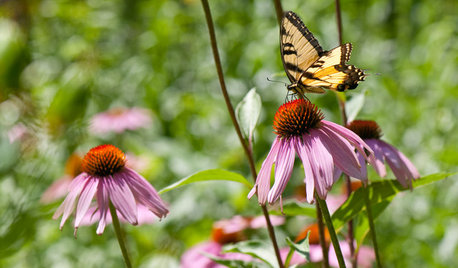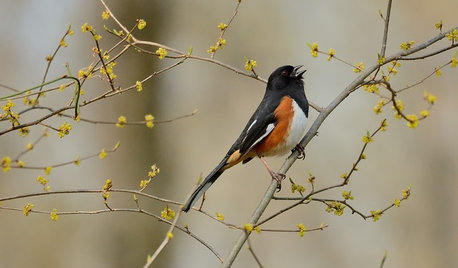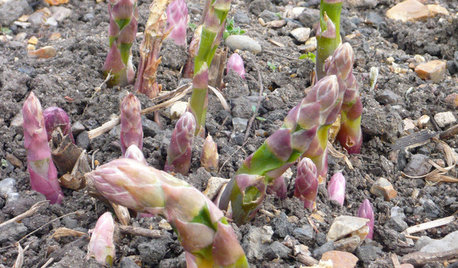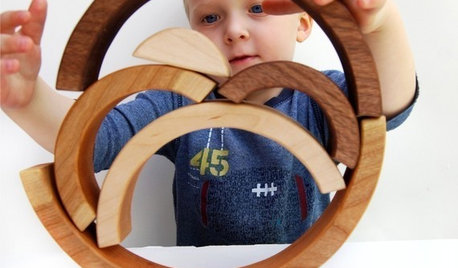Giant Swallowtails need Males!
ksohio
10 years ago
Related Stories

GARDENING GUIDESEntice Eastern Tiger Swallowtails With Summer Flowers
Grow nectar-rich native bloomers and larval host plants for these endearing butterflies
Full Story
FLOWERS AND PLANTSAgastache Rupestris, a Heat-Loving Hummingbird Magnet
Threadleaf giant hyssop adds color and fragrance to late-summer and fall xeric gardens
Full Story
GARDENING GUIDESGreat Design Plant: Lindera Benzoin Offers 3-Season Interest
Support wildlife and enjoy the aromatic leaves of this U.S. native also known as spicebush, Benjamin bush and spicewood
Full Story
GARDENING GUIDES6 Plants That Beat Butterfly Bush for the Wildlife Draw
It's invasive, a nonnative and a poor insect magnet. Check out these better alternatives to butterfly bush in the garden
Full Story
GARDENING FOR BUTTERFLIESGarden for Wildlife to Reap Rich Rewards
When you plant with animals and insects in mind, you make gardening easier, the planet healthier and yourself more present
Full Story
COOL-SEASON CROPSCool-Season Vegetables: How to Grow Asparagus
Patience pays off with this harbinger of spring that lasts for decades in the garden
Full Story
GARDENING GUIDESBackyard Birds: How to Care for American Goldfinches
The American goldfinch is a bright-in-the-summer visitor and one of the only vegetarian songbirds. Here's how to give them a healthy habitat
Full Story
BATHROOM DESIGN12 Designer Tips to Make a Small Bathroom Better
Ensure your small bathroom is comfortable, not cramped, by using every inch wisely
Full Story
GARDENING GUIDESGreat Design Plant: Silphium Perfoliatum Pleases Wildlife
Cup plant provides structure, cover, food and water to help attract and sustain wildlife in the eastern North American garden
Full Story
PRODUCT PICKSGuest Picks: 19 Decorative Toys
You won't mind if these pretty toys get left out every once in a while
Full Story






bananasinohio
ksohioOriginal Author
Related Professionals
Brentwood Landscape Architects & Landscape Designers · Cary Landscape Architects & Landscape Designers · Norton Shores Landscape Architects & Landscape Designers · Aurora Landscape Contractors · Coram Landscape Contractors · Mequon Landscape Contractors · Natick Landscape Contractors · Whitehall Landscape Contractors · Cicero Fence Contractors · Grandview Fence Contractors · Leesburg Fence Contractors · Libertyville Fence Contractors · Natick Fence Contractors · Severna Park Fence Contractors · Madison Window Contractorsbananasinohio
docmom_gw
ksohioOriginal Author
docmom_gw
terrene